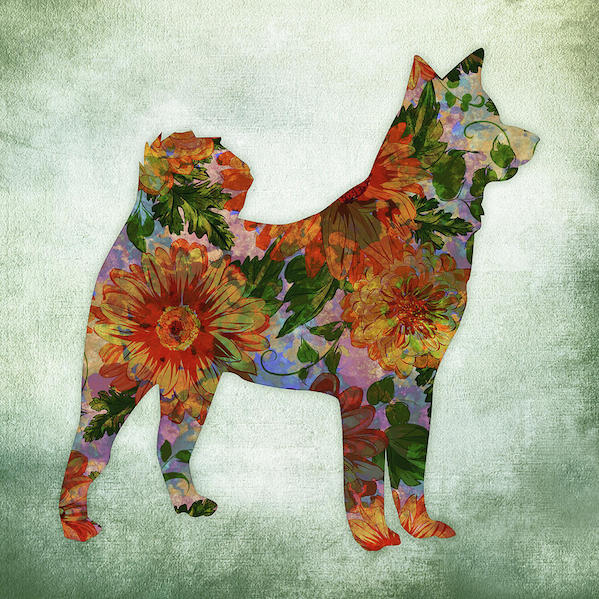
There isn’t much the Akita can’t do, and this is apparent in its history in which it was used to hunt bear and boar, protect children, pull sleds, and guard work. In 2019, a 12-year-old Akita named “Mame” found a 90+ year old woman slumped on the side of a road side in Senboku, Akita prefecture and alerted her owner. For this, Mame was honored for distinguished service by Japanese police. Akitas are also considered one of Japan’s premiere police dog breeds (though outside of Japan, the breed isn’t popular in this capacity).
By now, most readers know that there is the American Akita and Japanese Akita, and a long coat is a disqualification in the AKC breed standard. To our knowledge, is it also not accepted in the UKC Japanese Akita standard, the FCI Japanese Akita standard, and the Akitainu Hozonkai standard.
This doesn’t mean it never happens, but long coated Akitas cannot be shown at a dog show as coat length is considered a fault. Only in the interest of education do we share a bit more about these Akitas also known as a “woolies,” “silkies,” or in their country of origin, a “moku.”
We leave you with the AKC breed standard that reads, “Triple coated with the outer coat consisting of coarse, straight guard hairs that stand off the body. The two inner coats are under coats. One is thicker and somewhat soft, generally matching the coat color. The second is closest to the skin and is generally thicker and wool-like in texture and can be a different color than the guard coat. Tail guard hairs are much longer and fuller. The Japanese Akitainu should be presented in a natural state without trimming or shaping. Fault – Short, flat coat. Disqualification – Long coat.”
Image: “Akita Floral On Green” by Flo Karp is available as fine art, and in home decor and lifestyle items here
